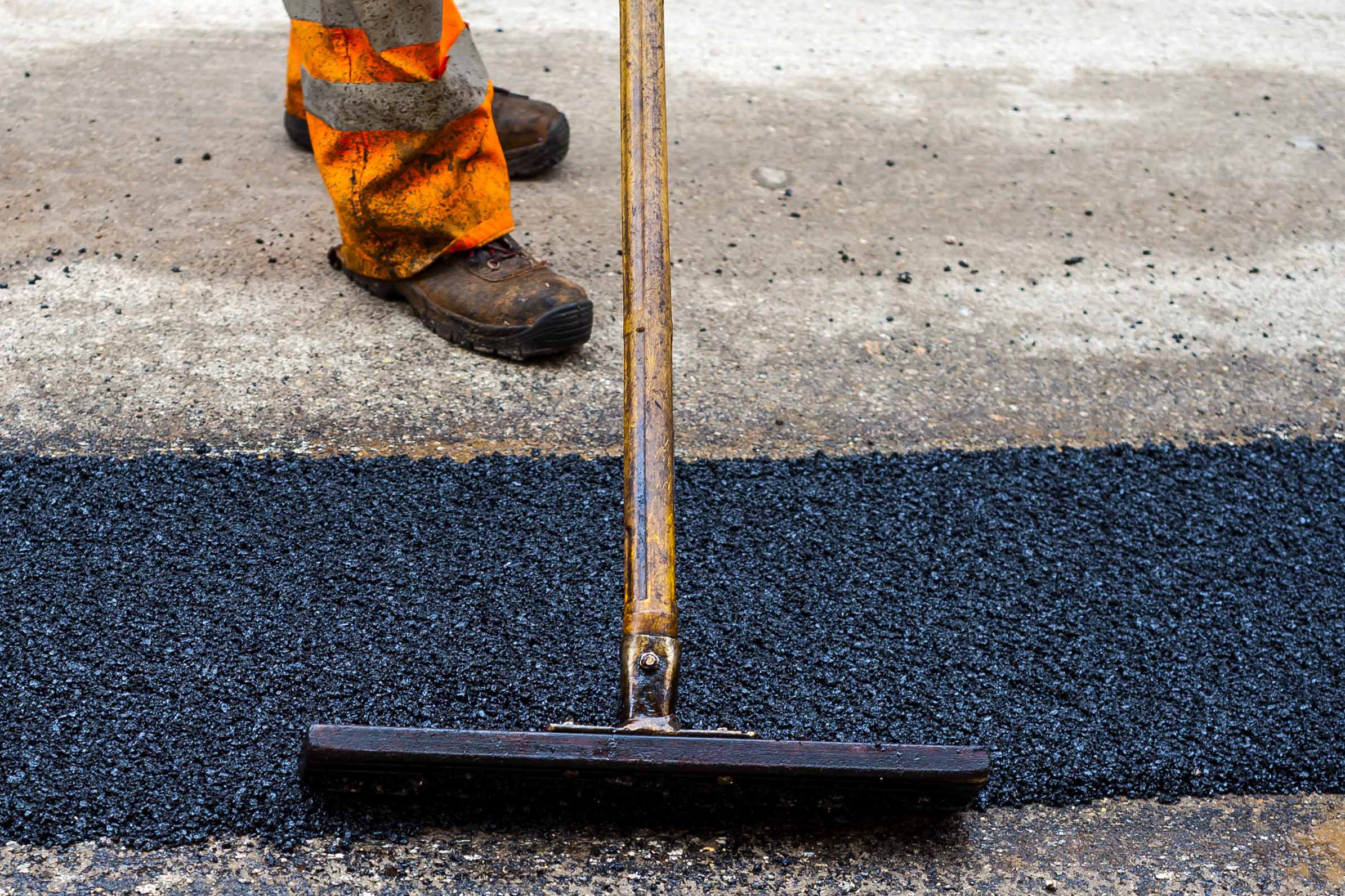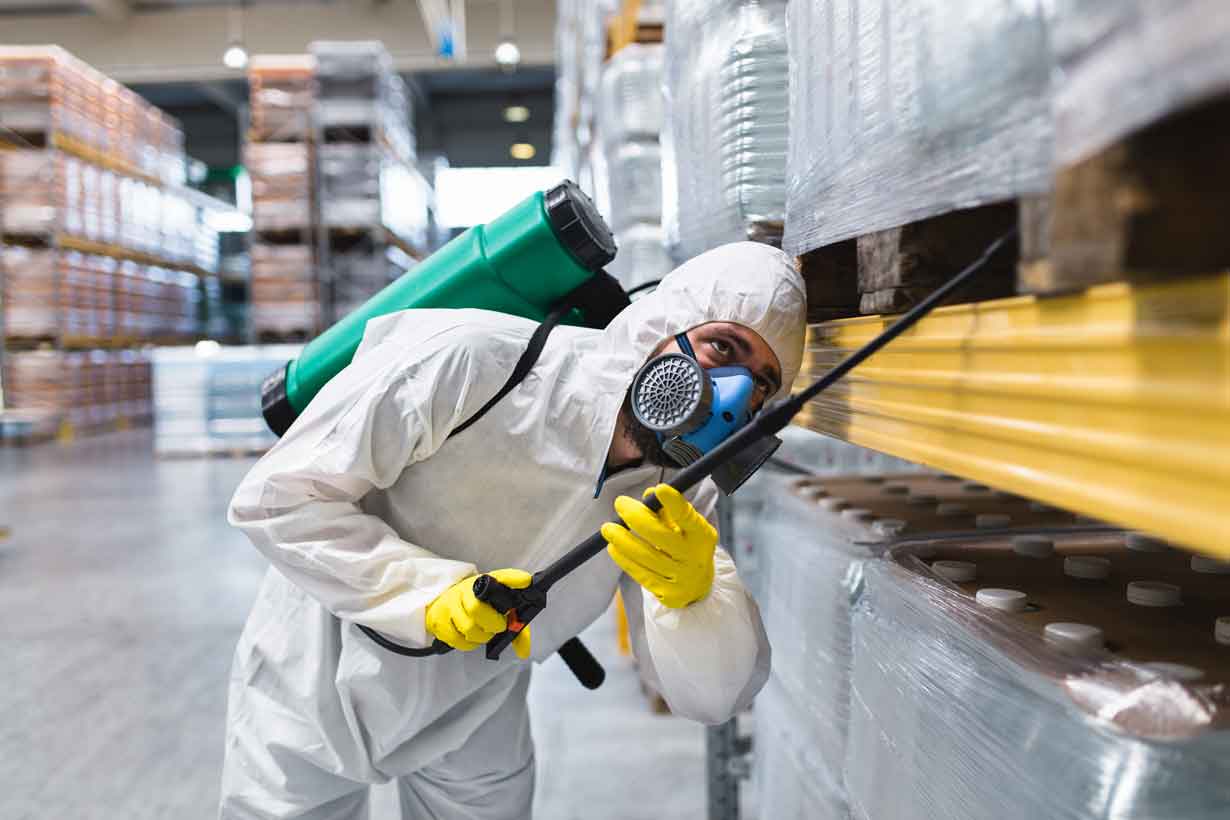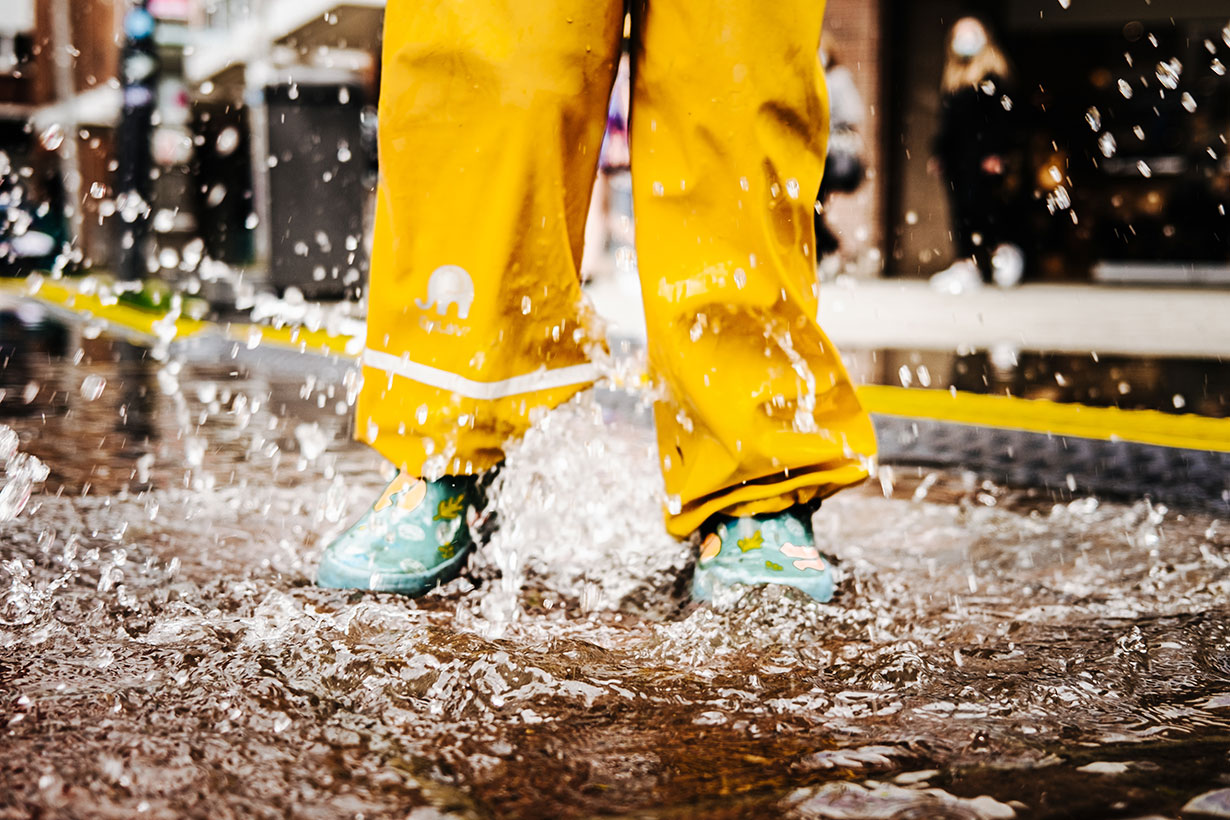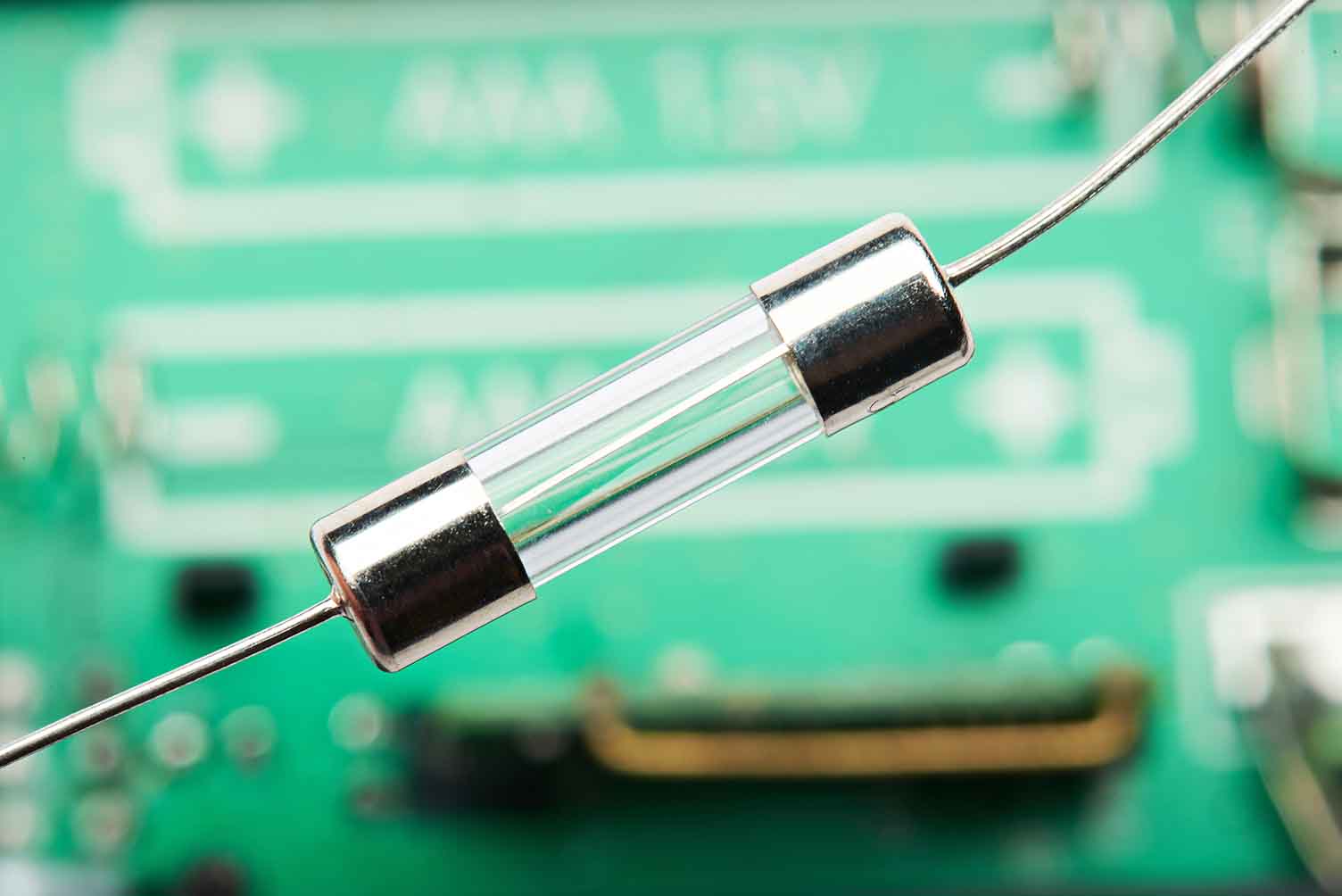

The Building Exterior and Grounds: Parking Garages, Lots and Drives
By Grainger Editorial Staff 8/19/25
Parking lots, garages and drives need regular inspections and preventive maintenance to stay safe and cost-effective. Learn how proper lighting, signage, landscaping and pavement care can reduce risks, extend service life and help lower repair costs.
When prioritizing maintenance in your facility, it can be easy to fall behind on the upkeep of the roads, parking lots and garages your employees and customers use every day. Lighting, signage and landscaping should be inspected regularly to keep parking lots and garages safe. Pavement also requires regular preventive maintenance and can take up a significant part of your facility’s maintenance and inspection time and budget. Setting up a program to inspect for damage and repair external issues quickly can prevent costly unplanned repairs and premature replacement of your roads and grounds.
Planning for External Maintenance
To reduce unexpected replacement or repair to your lots and grounds, your facility can invest in a regular maintenance plan. Maintenance should include landscaping, lighting, drainage and snow removal in addition to pavement repair.
Using the right signage and lighting improves the safety and longevity of your parking lots and roads. Lighting should be inspected routinely to replace bulbs, remove bugs and dirt and inspect the fixture. This approach is often less expensive than replacing bulbs as they fail. According to Safety & Health Magazine, proper signage can help prevent accidents and injuries on roadways and parking lots.
During routine inspections, you should also ensure that lighting and signage is adequate for your facility. According to Electrical Contractor, older lighting may be spaced too far apart or may be underpowered, creating unsafe lots and walkways at night. Your facility may also assess glare and brightness during maintenance, ensuring that lighting is not too overpowered or too dim. Regularly review signage throughout the facility to ensure they are accurate and not damaged. Missing, damaged or inaccurate signage can make it harder to navigate your facility safely. This can include parking signs and warning signs used to safely guide people through your lots and around potential hazards.
Landscaping maintenance can also help reduce safety risks at your facility as well as prevent damage to walkways and lots. Landscape maintenance should include addressing damaged trees, and edging walkways to reduce tripping hazards. Cracks in walkways should be repaired before they can cause falls.
Pavement should also have its place in your maintenance program. This program should be designed to monitor for signs of damage or failure across the facility’s roads and parking lots. According to Asphalt Magazine, failing to notice and address even small pavement issues can lead to serious failures over time.
The Cost of Pavement Neglect
Of all these elements, pavement can be the biggest investment. According to CCIM Institute, parking structures can range in cost from $1,500 to $2,000 per space for surface lots and up to $12,000 per space for garages. Scaled across the size of your facility, this can mean spending hundreds of thousands of dollars to install or replace pavement. Neglecting regular maintenance can force you to repurchase new pavement sooner than expected, adding significant unplanned costs.
Damaged parking lots can also cause injury, according to Safety & Health Magazine. Road damage, improper signage or lighting and damaged paint can confuse drivers and pedestrians and lead to accidents.
Failing to properly repair pavement can also be costly. According to Facility Executive, cheaper, in-house repairs can fail more frequently, requiring another larger repair to resolve an issue. Using professional contractors or services to identify and resolve pavement issues may cost more initially, but save money in the long run.
Common Pavement Maintenance Tasks
According to Asphalt Pro, your pavement maintenance program should be assigned to a team with experience inspecting pavement, with a clear leader to guide the program. How often your team evaluates and repairs pavement will depend on the pavement material, weather, and how heavily the pavement is used. For example, pavement exposed to extreme hot or cold conditions may crack and fail faster as it expands and contracts.
Certain types of inspection and maintenance tasks should be conducted at regular intervals. Routine maintenance, such as filling cracks or potholes, should be completed as damage is found. More thorough periodic maintenance, including adding seals, surface treatments and overlays, should happen at regular intervals depending on your choice of seal and pavement material.
Patching: The most common maintenance activity is patching cracks and potholes that form on the pavement surface. Cracks often occur in the pavement surface as the surface expands and contracts. If left unrepaired, cracks allow water to enter underneath the road surface, causing additional failures. Patching materials and crack fillers can bond with most types of pavement and form a long-term seal.
Drainage Control: Preventing water from building up on top of pavement or getting underneath pavement can help reduce the risk of significant damage. Routine inspections should look for signs of water intrusion or low points where water can build up without draining, and address these periodically. Inspect for moisture around cracks and seams for signs of water intrusion. Fully drying the pavement and installing a drainage system can reduce the risk of water damage.
Snow Removal: Snow can build up fast during the winter, and leave your facility with dangerous and potentially damaging snow piles during the spring. Snow and ice can also damage pavement during a freeze. Plowing and shoveling after snowstorms can also damage curbs and landscaping. Removing snow quickly from roads and walkways reduces the risk of slips and falls.
Seals and Coatings: Different types of seals and coatings can extend the lifespan of your pavement and prevent or resolve multiple common issues. According to Facility Executive, pavement should be seal coated or patched every two to three years. Other estimates say every five years, depending on the material and climate. However, sealing pavement too often can also cause problems as multiple layers of pavement material crack and fail. Regularly sealing pavement can significantly extend the lifespan of your roads and parking lots.
Paint: Paint on pavement helps guide cars safely and prevent accidents and injuries. According to Safety and Health Magazine, paint should be bright and highly visible, so that drivers in vehicles of all sizes can see it. During routine inspection, all pavement paint should be patched or resprayed if it is damaged or difficult to see.
Grainger offers a large selection of products to help you maintain your building exterior, including outdoor lighting, traffic safety supplies and more.

Safety Management
6 Tips to Help Prevent Slips, Trips and Falls
Identify the fall hazards in your workplace and implement a fall safety program. Check out these tips from Grainger so you can mitigate risk.
![]() Our Latest KnowHow
Our Latest KnowHow

Facility Pest Control: How IPM Helps Safely Manage Insects
Discover safe, compliant pest control with IPM. Find tips for insect monitoring, sanitation and safe insecticide use in commercial facilities.
The information contained in this article is intended for general information purposes only and is based on information available as of the initial date of publication. No representation is made that the information or references are complete or remain current. This article is not a substitute for review of current applicable government regulations, industry standards, or other standards specific to your business and/or activities and should not be construed as legal advice or opinion. Readers with specific questions should refer to the applicable standards or consult with an attorney.














